Going out on a limb
- Beth Boos
- Aug 8
- 5 min read
You can learn a lot about a person by asking them their favorite tree. We put it to the test with our staff to see if we could gain insight into each staff member. Before we branch out into our selections, we handpicked a staff-favorite: Coastal Redwood.

Towering above us, the Coastal Redwood (Sequoia sempervirens) is the tallest tree on the planet, growing over 300 feet. Despite their awe-inspring height, their root systems are pretty shallow at only 6-12 feet deep. However, they are able to withstand storms because the roots extend horizontally up to 100 feet away from the trunk! These trees can live thousands of years, although only about 5% of Redwoods are left in old-growth forests on the Pacific coast. Redwoods are an iconic and well-known tree out here, but our staff’s picks range from fan-favorites to rare gems.
John
Known for its smooth, reddish-orange bark, this tree is found throughout the Pacific Northwest. It’s tiny in comparison to a redwood, but its unique twisting branches make it unforgettable nonetheless. Have you guessed John’s first pick? The Pacific Madrone (Arbutus menziesii)! These resilient trees enjoy basking in the sun’s rays, making them one of the first trees to emerge after a wildfire in forest openings.
This next tree is a holiday special and a symbol of hope, and it is an important tree in the timber industry. Oregon’s state tree, the Douglas Fir (Pseudotsuga menziesii), thrives in dense forests and has a rich history throughout the Pacific Northwest. They were used for construction, especially boats, in the 19th century. During WWI & WWII, they were used for housing, shelters, and prior to that they were key materials for railroad ties and telegraph poles.
Brian
There’s nothing wrong with the classic, and that is true with Brian’s all-star selections. Bigleaf Maple (Acer macrophyllum) provides abundant shade with its large leaves– reaching up to 24” in width. A mini ecosystem can live within the branches of these large trees, with smaller plants growing on branches in the canopy. It can often be found growing amongst alders, black cottonwoods, and willows. Transforming in the fall, it adds color to the landscape.
Showing love for deciduous trees, Brian’s second choice is Western Dogwood (Cornus nuttallii). Known for its ability to resprout (or renew) from its root crown after fire, this tree thrives on streambanks in the Pacific Northwest. Its notable white “flowers” are actually over-sized bracts (leaf-like structures) that hold the small, green flowers. This tree thrives in moist soils, making it a common occurrence along our restoration sites in the basin. You’ll know it when you see it!
Emily
She may have been hungry when she answered this question, as both her trees have edible components. Blue Elderberry (Sambucus caerulea) is not only her favorite, but also a crowd pleaser when it comes to wildlife. The elder tree is seen as a guardian, and its berries are a gift from nature. Mulberries aren't technically berries: they're considered a "multiple fruit", composed of many tiny drupes clustered around a central stem.
Native to the Eastern US, this tree is the “most missed”. Red Mulberry (Morus rubra) produces sweet, dark purple berries, similar to blackberries. The berries can also be used to make a magenta dye, or they can be crushed to form jams and preserves. In Romeo & Juliet, the deep mulberries set the stage for sacrifice and even tragedy, although those were white mulberries stained with the young lovers’ blood.
Lance
It should come as no surprise that our restoration biologist picked a riparian-friendly tree: Black Cottonwood (Populus trichocarpa). It is actually a member of the willow family, exhibiting its ease in growing on riverbanks. Its root structures help stabilize the banks, helping to protect from flooding damage and while providing essential habitat in floodplain areas.


One of the largest hardwood trees in North American, the American Sycamore (Platanus occidentalis) was Lance’s second selection. They also thrive in floodplains, living up to 500-600 years. In folklore, they are often associated with mystery and the supernatural, potentially harboring spirits of the forest.
Beth
Rooting for another coniferous family? The Sitka Spruce is exceptionally strong for its weight, sheltering plants and wildlife. Fun fact- the Wright brother’s Flyer was made of this species because of that property. An Ohio native would know… They are also commonly used in musical instruments due to their resonance. Although it is the state tree of Alaska, their range extends to (coastal) Northern California.
A one-of-a-kind tree, Tamaracks (also called “Larches”) are the only conifer to lose their foliage in the fall. Their needles turn bright yellow and bring beauty to evergreen forests across the country. They endure in cold environments, so they can be found at higher elevations and far north in the US (like Northern Minnesota) in bogs and swamps.
Alex
Diamonds may be rare, but finding a Foxtail Pine (Pinus balfouriana) may be even more challenging. This species is endemic to California– meaning they are adapted to a specific geographical area– surviving for over a millennium. One subspecies can be found in the North Coast Range and Klamath Range, and another subspecies grows in the southern Sierra Nevadas. Their needles grow in bundles of 5, making them look like a fox-tail.
Don’t worry, you won’t have to look as hard for Alex’s second pick: Western Red Cedar (Thuja plicata). Sometimes known as the “Tree of Life,” this delicious smelling plant actually belongs to the Cypress family (not a Cedar). It is a mainstay in foggy, coastal forests from Alaska to Northern California. Due to its strength, Native Americans used to wood in shingles, boats, and fence posts.
Craig
Our part-time drinking water expert chimed in a few of his own picks as well. His nomination included the only surviving tree species of an ancient lineage of trees that existed millions of years ago: the Ginkgo (Ginkgo biloba). Fossils of this species date back to the early Jurassic period, making them a symbol of longevity.
Selecting another tree with a unique appearance, Brewer’s Spruce (Picea breweriana) was brought to the table. Its “weeping” ranches give it a curtain-like appearance, but are actually an adaptation to be flexible during heavy snow. It is one of the rarest spruces in the US, native to the Klamath Mountains.
Did we pick your favorite?
Yes
No
We know it can be hard to pick favorites, but at least this favoritism doesn’t hurt anyone’s feelings. In our work, we are grateful to all the (native) trees that are working to stabilize banks, shade streams, and provide habitat for critters. Rivers love trees, and so do we. Even when they die and fall in the stream, they’re providing nutrients, cover, and complexity that improves the function of the entire ecosystem. It doesn’t have to be Earth Day for us to appreciate trees, so thank one– or give one a hug– the next time you’re out in the wild.
P.S. Many trees (particularly conifers) produce chemicals called phytoncides, which can help reduce stress and improve mood in humans. Use it as an excuse to go explore a forest!


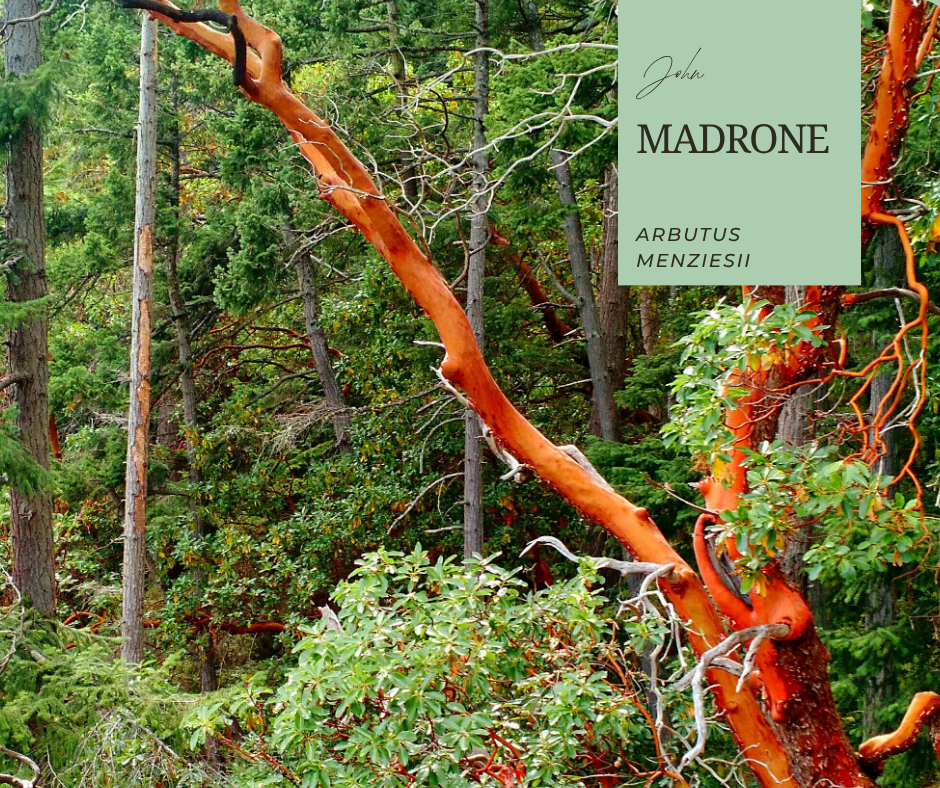

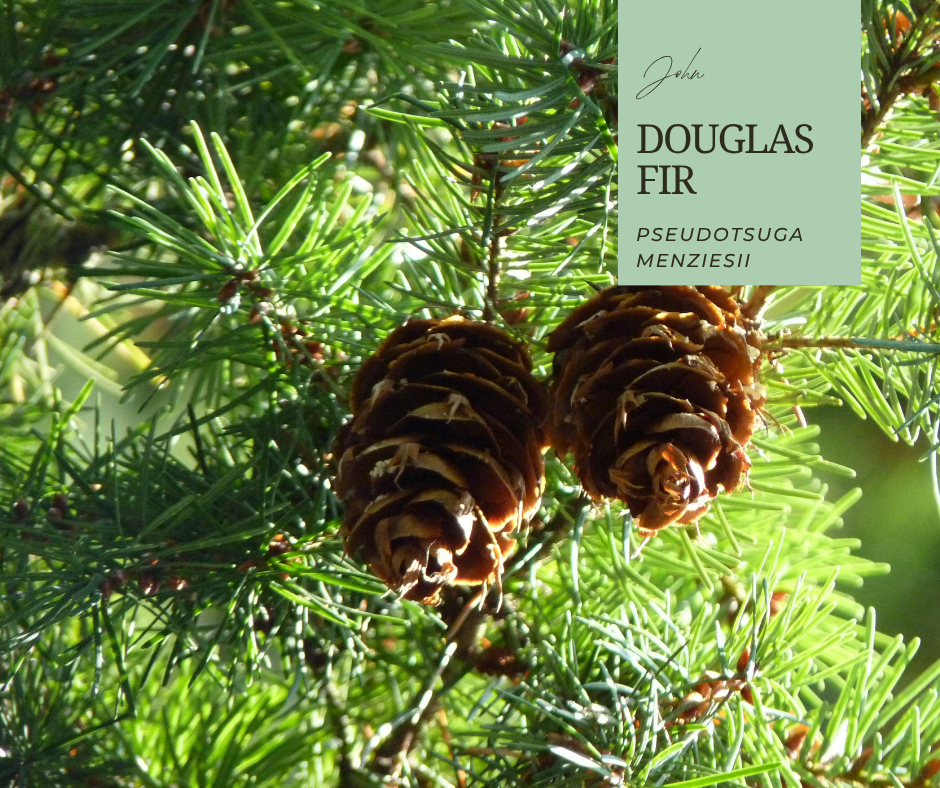

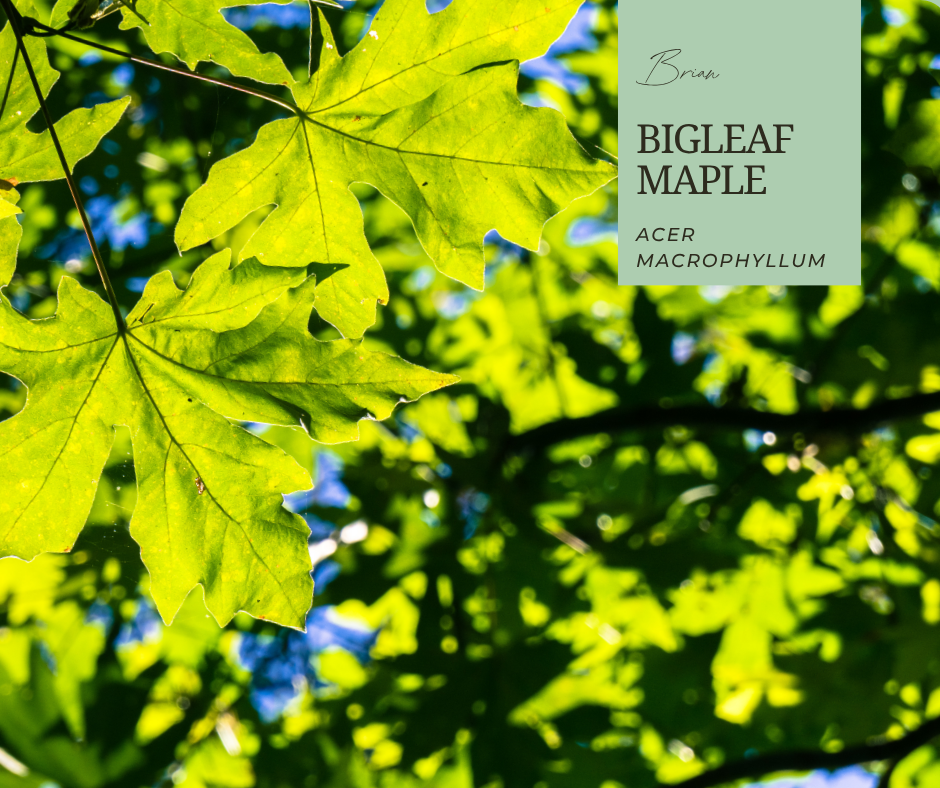

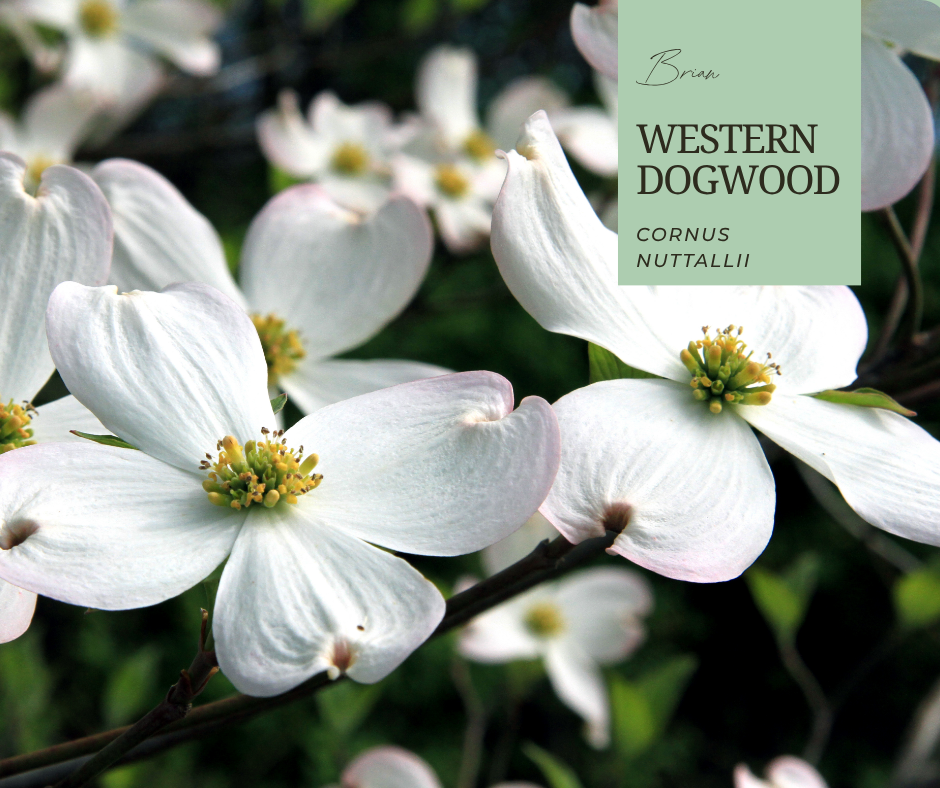







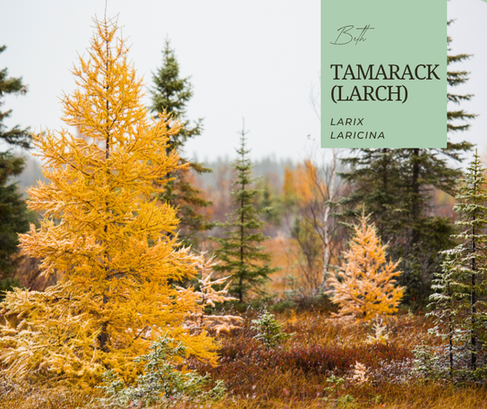

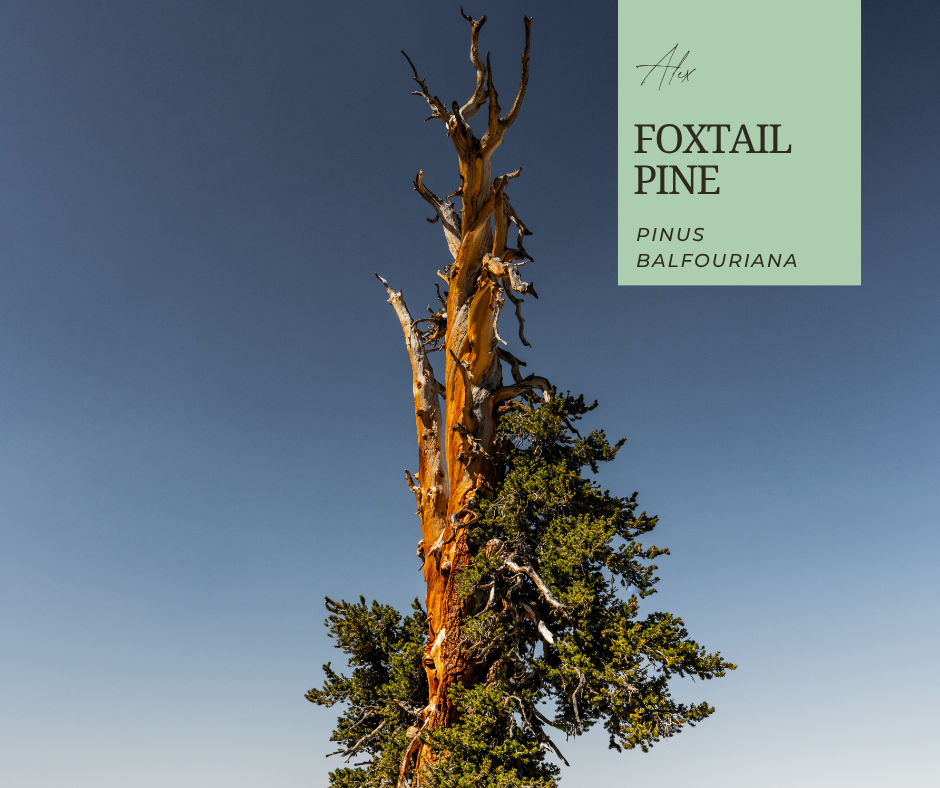

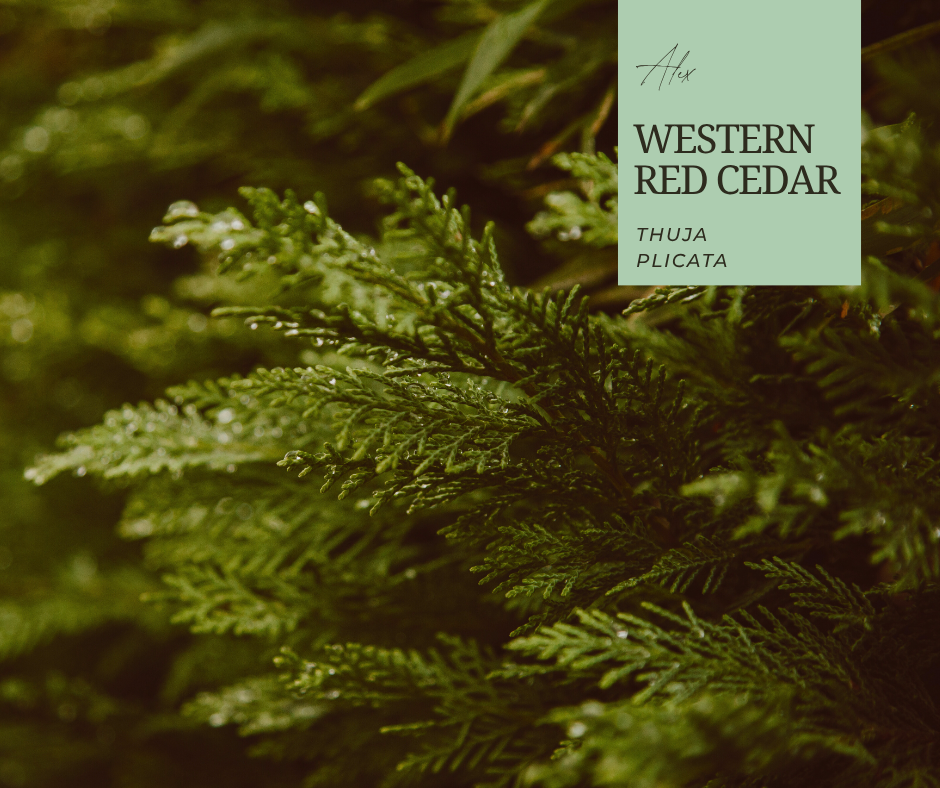







Comments